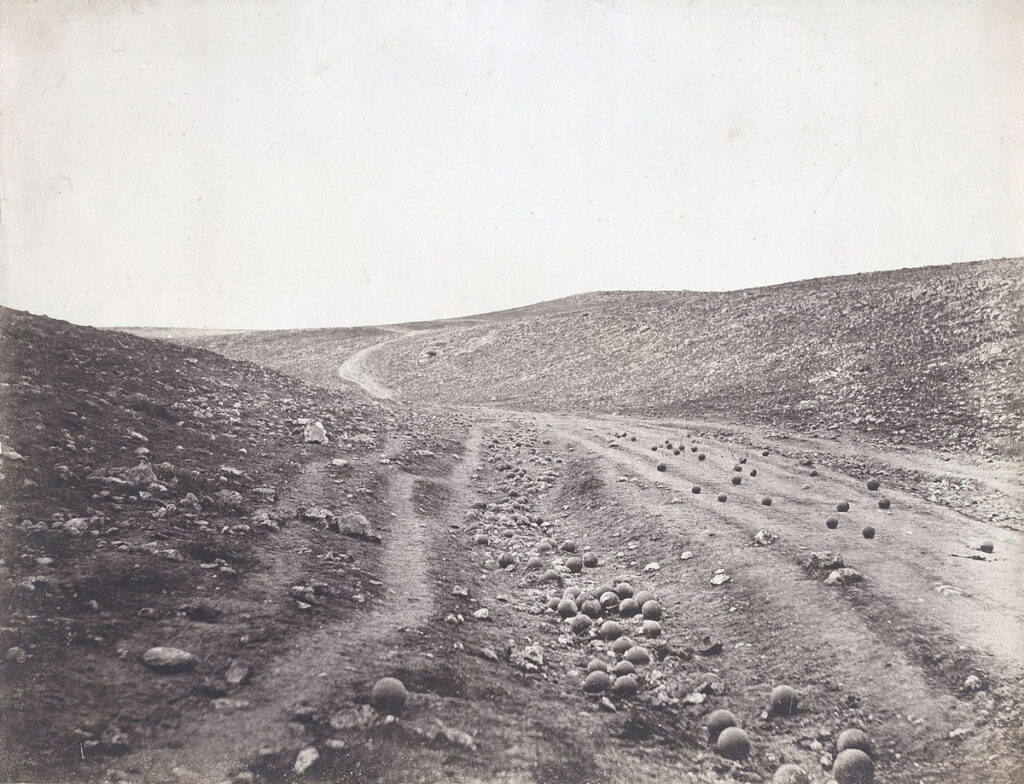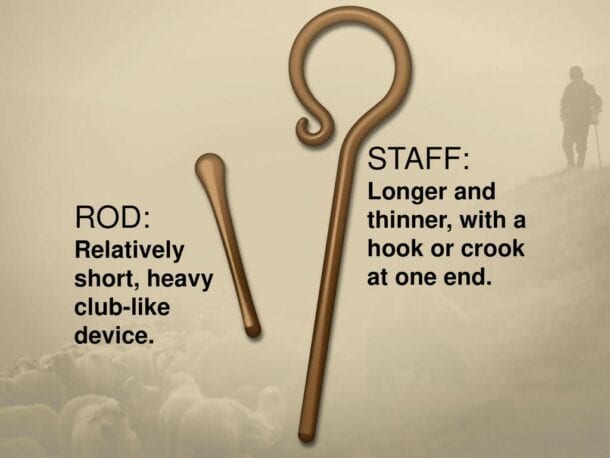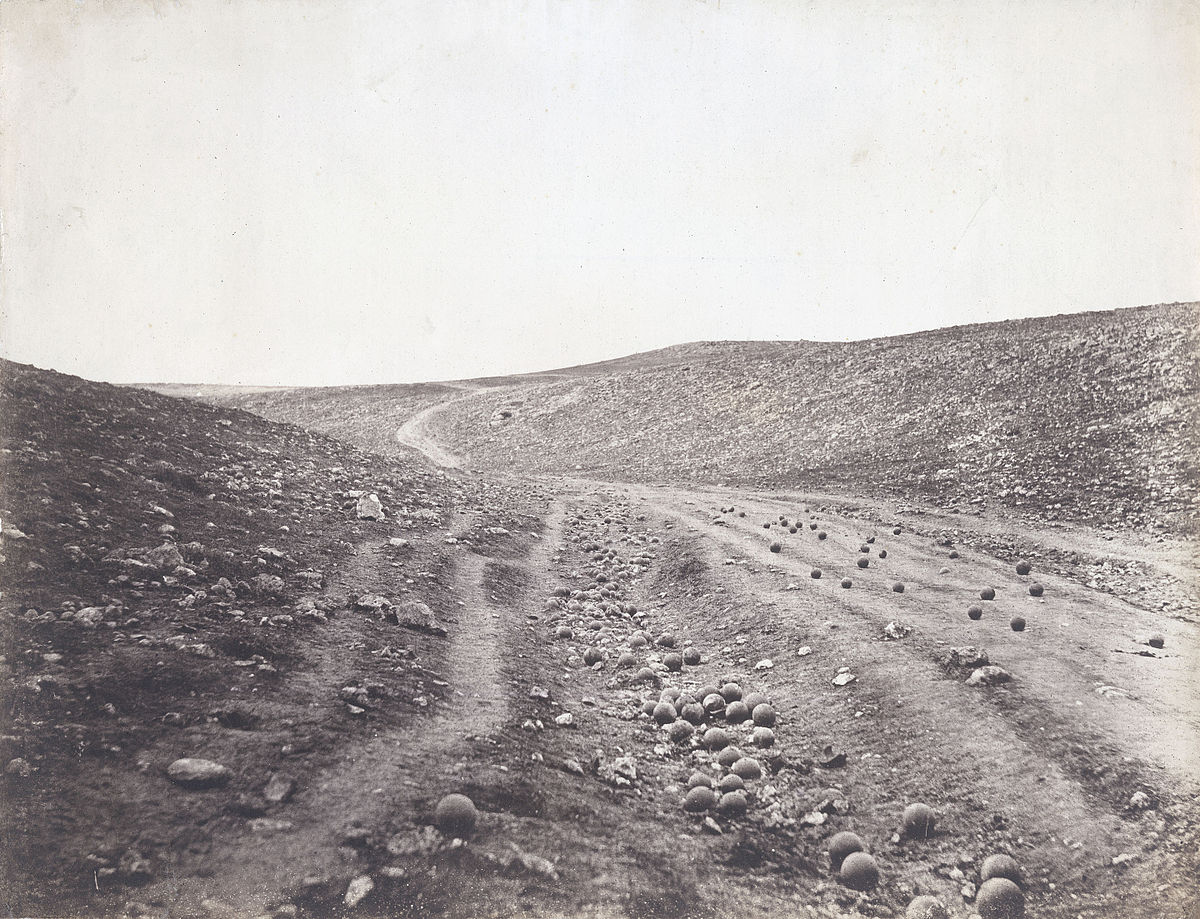What does the “Valley of the shadow of death” really mean?

Valley of the Shadow of Death (Roger Fenton). Year 1855
In contrast to a ‘mountain top experience,’ a valley represents a somber and challenging terrain, evoking feelings of adversity and sorrow—something we would instinctively seek to avoid at all costs. A valley of the shadow of death is a symbolic representation of a challenging and perilous place or period in life. It signifies facing circumstances that pose a significant threat, akin to the looming specter of death.
In 1855, Roger Fenton captured a photograph during the Crimean War that became one of the most iconic war images of all time. The place, strewn with cannonballs, was dubbed by British soldiers as “the valley (of the shadow) of death” due to the relentless shelling.
In Chapter 2, Prophet Jeremiah speaks of the Lord guiding the Israelites out of Egypt, leading them through challenging terrains such as deserts, pits, droughts, and the shadow of death—a desolate land rarely traversed or inhabited.
However, it is the Verse 4 of Psalm 23 that has truly popularized the phrase “the valley of the shadow of death”:
Yea, though I walk through the valley of the shadow of death ( Heb: צַלְמָ֡וֶת (ṣal·mā·weṯ) : death-like shadow), I will fear no evil: for thou art with me; thy rod and thy staff they comfort me.
Reciting or singing the Shepherd’s Psalm, especially Verse 4, is a common practice in many cultures and religious communities during funeral or memorial services. The vivid imagery of walking through the valley of the shadow of death, comforted by the Lord’s presence, has provided solace and hope to believers grappling with grief and loss.
This verse has also been expounded by preachers who emphasize the fact that our Lord, through His death and resurrection, has conquered death, broke its sting, and reduced it to a mere shadow, devoid of any substance (1 Corinthians 15:55, Hebrews 2:14-15).
I remember learning the difference as a child with this example: the shadow of a bus does not have the “substance” of a bus. Just as you would not fear getting run over by the shadow of a bus. you do not fear walking through the shadow of death (because Christ has defanged death and made it powerless). For a believer, death is a mere relocation – and they are welcomed to their new abode instantly by none other than our Lord. (Stephen. Acts 7:54-8:2)
However, it is likely that David had more than literal death in mind when composing this Psalm. He isn’t contemplating his own demise or the passing of a loved one. Instead, he uses the metaphor to depict the trials, hardships, and challenges in life’s journey.
In verse 3, we observe the shepherd guiding his sheep in paths that are right for his name’s sake. Is it possible that these righteous paths could take the sheep through uncharted terrain (aka valley of the shadow of death?) David addresses this possibility in Verse 4.
The sheep press on where angels fear to tread
Different individuals approach the “valleys” differently. Some confront them with paralyzing dread. Some remain blissfully ignorant of the lurking dangers and then there are those valiant warriors who, in the words of Winston Churchill, ‘when going through hell, keep going’.
The sheep in Psalm 23, though naturally timid and fearful, walk through the valley of the shadow of death with the unwavering confidence – there is no hesitation, no fear or haste in their walk. Their courage stems not from within, but from their quiet abiding trust in the shepherd. His presence drives away their fears and it is the Shepherd’s rod and staff that provide comfort.
The true antidote to fear
The pivotal phrase in Psalm 23:4 is “for YOU are with me”. Regardless of how deep the valley or ominous the shadows, the sheep press on. The shepherd’s presence is the antidote to their fear.
Shepherd’s Presence. Not the presence of your friends.
Job’s three friends were present, but they were of little or no comfort. Similarly, Martha and Mary had friends who mourned alongside, but what they truly missed was the presence of the Lord, who alone had the power to bring Lazarus back. In the boat, the presence of fellow disciples wasn’t enough, it was the Lord’s presence that was required to calm the storm and their fears.
David isn’t the only individual that walked fearlessly through the valley of the shadow of death. We wouldn’t be amiss if we adapted the verse to describe them:
- Yea, though they cast us into a fiery furnace, we fear no evil, for you are with us. (Shadrach, Meshach, and Abednego Daniel 3:35)
- Yea, though I am unjustly thrown into the prison, I fear no evil, for you are with me. (Joseph. Genesis 39:21)
- Yea, though our boat was tossed in a furious storm, we should’ve feared no evil, for you were with us (Disciples. Mark 4: 35-41)
- Yea though we pass through waters, we fear no evil for you are with us (The people of Israel. Isaiah 43:2)
That’s the takeaway. We, His sheep, are more than conquerors. We are fearless, because He is with us and NOTHING is able to separate us from the love of God which is Christ Jesus our Lord . (Romans 8:37-39)
What does the “Rod and Staff” really mean?

A well meaning shepherd without the rod and staff is ill equipped to protect the sheep. What we truly need is the shepherd who has the ability to save us and loves us enough to do so.
The rod symbolizes the shepherd’s ability to protect the sheep – it is the weapon he will use against the predators and enemies of the sheep. The shepherd’s staff or crook, on the other hand, is a catch-tool (a long stick with a loop at the top) used to restrain wandering sheep and pull them back from dangerous situations.
The Rod and Staff are not magic wands with inherent power to protect or provide comfort; they are mere instruments in the shepherd’s tool box. The sheep’s fearlessness is founded on the shepherd who wields the rod (symbolizing his ability to protect) and the staff (symbolizing his care for the sheep)
Let’s conclude with a couple of observations:
Keep your eyes on the Shepherd. Trust Him
Keep your eyes on the shepherd and not on the “valley of the shadow of death”. Peter walked on water as long as he kept his eyes on Jesus, the moment he let his gaze wander onto the waves and the wind, he began to sink. The One who walks on water is able to keep you from sinking. Trust Him.
The Shepherd knows best. Do not doubt Him.
The sheep may not understand the logic in walking through the valley of the shadow of death, but the shepherd does. The worst thing the sheep could do is doubt shepherds wisdom or intent. Lot’s wife second guessed God (did not trust that they were being removed from Sodom & Gomorrah for their own good) and succumbed. So did Judas Iscariot.
Walk fearless
In a world filled with cowardly sheep – be the fearless one. Walk confidently knowing no evil or harm would befall you because the shepherd (the all-wise, all mighty and all-loving Lord) is with you.

Comments
One response to “Valley Of The Shadow Of Death (Psalm 23 : 4)”
[…] PSALMS […]